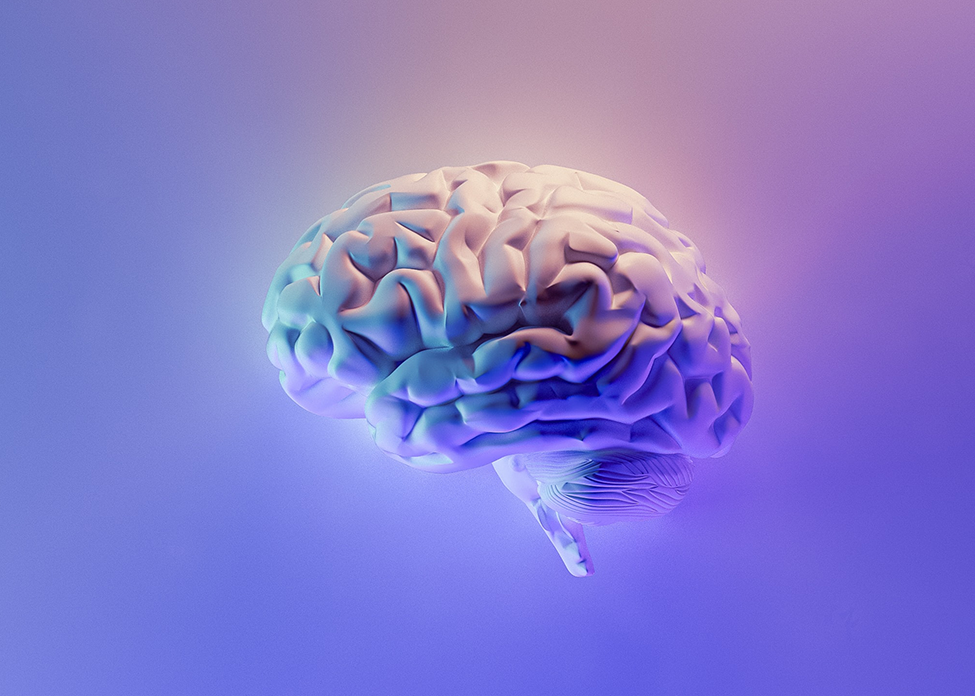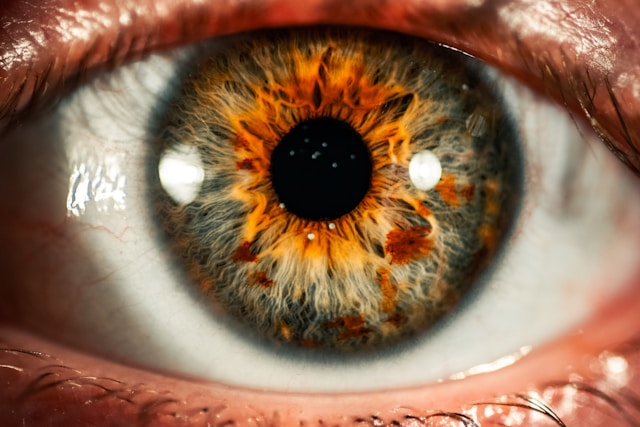Over 7 million Americans live with Alzheimer’s disease, according to the Alzheimer’s Association. For June’s Alzheimer’s Awareness Month, Bio.News sat down with the Alzheimer’s Association to talk about the top three things to know about the disease.
Fact 1: 1 in 3 older adults has Alzheimer’s disease or another dementia when they die.
Many wonder what the difference is between Alzheimer’s and dementia.
As the Alzheimer’s Association explains, dementia is an umbrella term for a particular group of symptoms, one cause of which is Alzheimer’s disease. These symptoms can include trouble with memory, language, and problem-solving; difficulty concentrating; struggling to understand and express thoughts; and confusion, poor judgment, and acting impulsively, among others.
Dementia is not a normal part of aging. It is caused by damage to brain cells that affects their ability to communicate, which can affect thinking, behavior, and feelings. Alzheimer’s disease specifically is driven by the accumulation of the proteins beta-amyloid and tau in the brain. This results in the death of neurons, inflammation, and ultimately the atrophy and damage to brain tissue. While Alzheimer’s is the most common cause of dementia, accounting for an estimated 60% to 80% of cases, there are a number of other diseases that can cause dementia as well.
Alzheimer’s biology can be present 20 years or more before memory loss and other symptoms develop, explains the Association, which is why it is important for individuals to understand the early signs and symptoms of dementia. The greatest known risk factor for Alzheimer’s is increasing age, and most people with Alzheimer’s are 65 and older. But approximately 200,000 Americans under 65 are living with younger-onset Alzheimer’s disease.
The most common early symptom of Alzheimer’s is trouble remembering new information, because the disease typically impacts the part of the brain associated with learning first. Other common signs of Alzheimer’s disease, especially in the early stage, include forgetting important dates or events, asking the same questions over and over, and increasingly needing to rely on memory aids (e.g., reminder notes or electronic devices) or family members for things they used to handle on their own.
To help patients and family members catch the disease early, the Alzheimer’s Association has published a list of 10 early warning signs and symptoms of Alzheimer’s.
Fact 2: For Alzheimer’s disease, early detection is key.
For caregivers, an early diagnosis allows time to create a plan for the future. And, individuals and their families want all the information they can get in case they need to prepare for the future.
As an Alzheimer’s Association survey found, 4 in 5 people would want to know if they had Alzheimer’s before symptoms appear—or before symptoms interfere with daily activities. The Association also found that “91% of respondents said they would want to take a simple test—such as a blood biomarker test—if it were available,” a notable statistic considering the fact that many reported not being familiar with these tests.
“Access to early treatment and care is the main reason cited for wanting a simple test,” the Association observed, and 80% of respondents said they would “ask to be tested rather than wait for their doctor to suggest testing.”
The Association also found a concerted interest in being proactive about treatment as well, with 92% saying they would want access to medication that slowed the progression of dementia after a diagnosis—and 58% saying they would accept moderate to very high levels of risk with taking medication to slow the progression of Alzheimer’s disease in the early stages.
Interest in supporting dementia treatment and care remains high among Americans. “If diagnosed with Alzheimer’s disease,” the Association writes, “83% would be willing to participate in a clinical trial for treatment to help slow or cure the disease. 48% cited the ability to participate in clinical trials as a reason for wanting Alzheimer’s testing.”
Yet, not surprisingly, patients are still concerned about coverage, access, and cost when it comes to dementia-related care. “44% worry that insurance will not cover future care and treatment following testing,” found the Association.
These findings ultimately show that the social will to tackle the challenge of dementia is high.
“As someone who has benefitted from early diagnosis and treatment, I encourage others who are worried about their cognition to be proactive in addressing their concerns,” said Darlene Bradley, a member of the Alzheimer’s Association Early-Stage Advisory Group. “The survey underscores what many of us living with Alzheimer’s believe—we want every opportunity to fight this disease and live the best life we can for as long as we can. I am living proof that there is life after an Alzheimer’s diagnosis.”
Fact 3: Alzheimer’s disease is costly.
In 2025, Alzheimer’s and other forms of dementia cost the U.S. $384 billion in health and long-term care, a cost that is projected to rise to nearly $1 trillion by 2050. “Medicare and Medicaid are expected to cover $246 billion, or 64%, of the total health care and long-term care payments for people with Alzheimer’s or other dementias,” writes the Alzheimer’s Association.
Alzheimer’s is also a burden on families. “Out-of-pocket spending is expected to be $97 billion, or 25% of total payments,” the Alzheimer’s Association writes. And these numbers do not account for the needs of and care provided by the nearly 12 million Americans providing unpaid care for people with Alzheimer’s or other forms of dementia, many of whom are elderly partners with their own growing healthcare needs.
The types of care that people living with dementia need often evolve, with the costs rising as the disease progresses.
“In 2019, there were 518 hospital stays per 1,000 Medicare beneficiaries age 65 and older with Alzheimer’s or other dementias compared with 234 hospital stays per 1,000 Medicare beneficiaries age 65 and older without these conditions,” according to a 2024 Alzheimer’s disease facts and figures report. “Overall, 32% of Medicare beneficiaries with Alzheimer’s or other dementias have at least one hospital discharge annually compared with 15% of beneficiaries without these conditions, with average hospital stays of 5.1 days versus 4.5 days, respectively.”
Individuals with dementia frequently end up in the emergency room, with “nearly 2.85 million emergency department visits for people with Alzheimer’s in 2022, representing 1.8% of all emergency department visits (including visits for people of all ages).” As many families know, at some point, many individuals with dementia will need the services of assisted living or a nursing home.
The Alzheimer’s Association is working to advance policies that will help people living with dementia and their caregivers, fighting for critical Alzheimer’s research and care initiatives at the state and federal levels. Learn more about the important work of the organization here.




